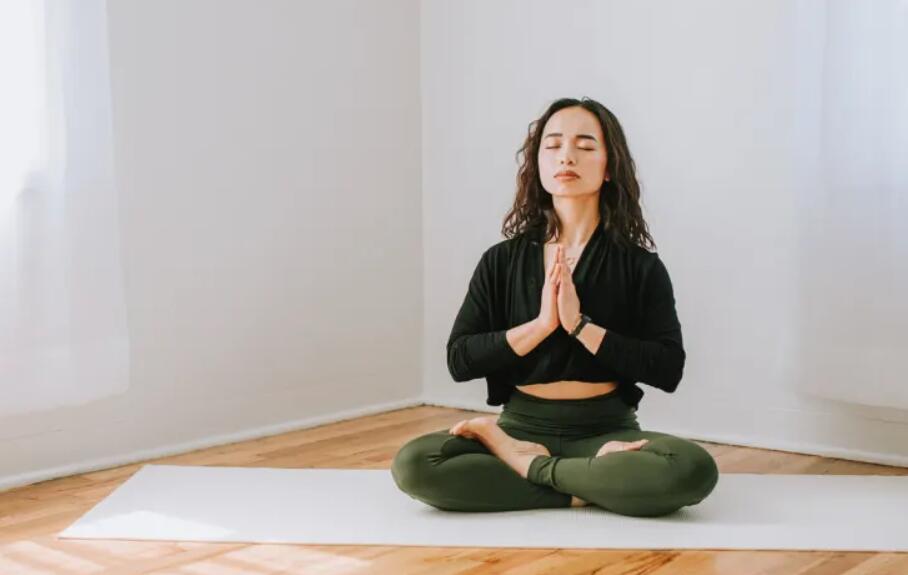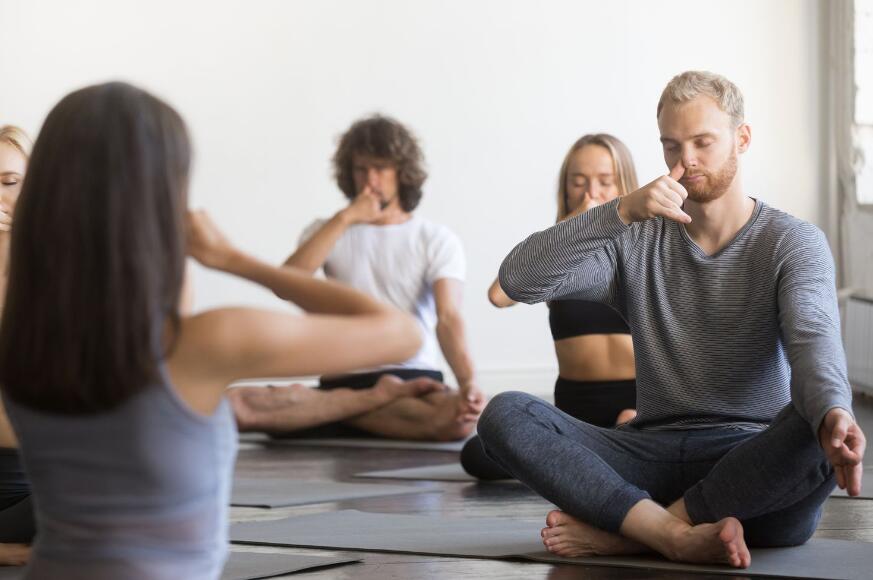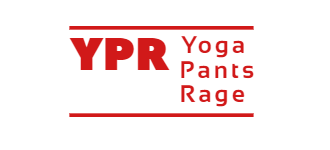As a skilled yogi, you may be looking to take your practice to the next level by incorporating advanced breathing techniques. Advanced yoga breathing techniques can help you achieve better focus and energy, allowing you to deepen your practice and experience even greater benefits from yoga.
In this blog, we’ll explore some of the most effective advanced yoga breathing techniques, as well as how to incorporate them into your practice. But first, let’s take a closer look at the science of breath and why proper breathing is so important in yoga.
The Science of Breath in Yoga: A Deeper Understanding

Breathing is a fundamental process that is crucial to life, and having a deeper understanding of the science behind our can help us appreciate the importance of proper breathing techniques in yoga.
Breathing is an automatic process controlled by our respiratory system. It involves a series of complex steps that ultimately provide our bodies with oxygen and remove carbon dioxide. The main organs involved in breathing are the lungs and the diaphragm, a large muscle separating the chest and abdominal cavity.
When we inhale, the diaphragm contracts and moves downward, creating negative pressure in the chest cavity. This negative pressure causes air to flow into the lungs, where oxygen is absorbed into the bloodstream. Meanwhile, carbon dioxide, a waste product of cellular respiration, is removed from the bloodstream and enters the lungs.
When we exhale, the diaphragm relaxes and moves upward, creating positive pressure in the chest cavity. This positive pressure forces air out of the lungs, expelling carbon dioxide from the body.
Advanced Yoga Breathing Techniques for Better Focus and Energy
1. Kapalabhati Pranayama (Skull Shining Breath)
Kapalabhati Pranayama is an advanced breathing technique often used to prepare the body for meditation. It involves rapid, forceful exhalations through the nose, followed by passive inhalations.
To perform Kapalabhati Pranayama, sit comfortably with your spine straight and your eyes closed. Begin by taking a deep breath in, then exhale forcefully through your nose. As you exhale, contract your abdominal muscles to push the air out.
Continue this pattern of forceful exhalations followed by passive inhalations for several rounds. Start with 10-20 rounds, gradually building up to 100 rounds or more.
Benefits: Practicing Kapalabhati Pranayama can help clear the mind, increase energy, and improve digestion.
2. Bhastrika Pranayama (Bellows Breath)
Bhastrika Pranayama is another advanced breathing technique that involves rapid, forceful breaths. In this technique, both inhalation and exhalation are forceful and through the nose.
To perform Bhastrika Pranayama, sit comfortably with your spine straight and your eyes closed. Begin by taking a deep breath in, then exhale forcefully through your nose. As you exhale, contract your abdominal muscles to push the air out.
Next, inhale forcefully through your nose, expanding your chest and filling your lungs with air. Exhale forcefully again, pushing the air out through your nose. Repeat this pattern of forceful inhalations and exhalations for several rounds.
Start with 10-20 rounds, gradually building up to 100 rounds or more.
Benefits: Practicing Bhastrika Pranayama can help increase energy, improve focus, and reduce stress and anxiety.
3. Nadi Shodhana Pranayama (Alternate Nostril Breathing)
Nadi Shodhana Pranayama is a calming and balancing breathing technique that alternates between the right and left nostrils.
To perform Nadi Shodhana Pranayama, sit comfortably with your spine straight and your eyes closed. Use your right hand to block your right nostril with your thumb, and inhale deeply through your left nostril. Then, use your ring finger to block your left nostril, and exhale through your right nostril.
Next, inhale through your right nostril, then block it with your thumb and exhale through your left nostril. Repeat this pattern for several rounds, starting with 5-10 rounds and gradually building up to 20-30 rounds or more.
Benefits: Practicing Nadi Shodhana Pranayama can help balance the nervous system, calm the mind, and improve focus and concentration.
4. Ujjayi Pranayama (Victorious Breath)
Ujjayi Pranayama is a powerful and energizing technique involving breathing through the nose with a slight constriction in the back of the throat. This creates a sound similar to ocean waves.
To perform Ujjayi Pranayama, sit comfortably with your spine straight and your eyes closed. Inhale deeply through your nose, then exhale through your nose with a slight constriction in the back of your throat.
As you exhale, make a “ha” sound in your throat. You should feel a slight vibration in your throat. Inhale again through your nose, and repeat this pattern for several rounds.
Benefits: Practicing Ujjayi Pranayama can help increase energy, improve focus, and reduce stress and anxiety.
5. Bhramari Pranayama (Bee Breath)
Bhramari Pranayama is a calming and soothing breathing technique that involves making a humming sound like a bee.
To perform Bhramari Pranayama, sit comfortably with your spine straight and your eyes closed. Place your index fingers on your ears, with your thumbs on your forehead and your other fingers resting lightly on your closed eyes.
Take a deep breath in, then exhale slowly while making a humming sound like a bee. Repeat this pattern for several rounds, starting with 5-10 rounds and gradually building up to 20-30 rounds or more.
Benefits: Practicing Bhramari Pranayama can help calm the mind, reduce stress and anxiety, and improve focus and concentration.
6. Sheetali Pranayama (Cooling Breath)
Sheetali Pranayama is a cooling and calming breathing technique that involves inhaling through a curled tongue.
To perform Sheetali Pranayama, sit comfortably with your spine straight and your eyes closed. Curl your tongue into a “U” shape, and inhale deeply through your tongue.
Exhale slowly through your nose, and repeat this pattern for several rounds, starting with 5-10 rounds and gradually building up to 20-30 rounds or more.
Benefits: Practicing Sheetali Pranayama can help cool the body and calm the mind, reducing stress and anxiety.
Incorporating Advanced Breathing Techniques into Yoga Practice

Now that you understand some of the most effective advanced yoga breathing techniques, it’s important to know how to incorporate them into your practice. Here are a few tips:
- Start slowly: Begin with just a few rounds of each technique, gradually building up to longer durations or more repetitions.
- Seek guidance: If you’re new to these techniques, working with a qualified yoga instructor who can guide you and help you avoid injury is essential.
- Listen to your body: If you feel uncomfortable or experience any pain or discomfort while practicing these techniques, stop immediately and seek guidance from a qualified yoga instructor.
Extra Topics: Solving More Breathing Problems
1. Diaphragmatic Breathing for Improved Lung Function
- Learn about diaphragmatic breathing and how it can help increase lung capacity and improve overall lung function.
- Discover how to practice diaphragmatic breathing and incorporate it into your daily routine.
2. S Vritti Pranayama (Equal Breathing) for Balance
- Explore Sama Vritti Pranayama, a simple breathing technique that involves inhaling and exhaling for equal durations.
- Understand how this technique can help create balance in the nervous system and improve mental clarity.
3. Breathing Techniques for Improved Sleep
- Delve into various breathing techniques that can help calm the mind and prepare the body for a restful night’s sleep, such as the 4-7-8 breathing technique and the “double inhale” technique.
- Discuss the importance of creating a routine and incorporating these breathing techniques as part of that routine.
4. Breathing Techniques for Athletes
- Learn about specific breathing techniques that can help enhance athletic performance, such as the “box breathing” technique and “breath of fire.”
- Discover how these techniques can improve focus, energy, and endurance during athletic activities.
5. Breathing Exercises for Asthma and Chronic Obstructive Pulmonary Disease (COPD)
- Discuss the benefits of practicing yoga breathing techniques for individuals with asthma and COPD.
Explore specific techniques that can help improve lung function, reduce shortness of breath, and enhance overall respiratory health.
Related Post: Breathing Life into Your Yoga (Beginners Need This)
Frequently Asked Questions (FAQ)
Q: How often should I practice advanced yoga breathing techniques?
A: Ideally, you should practice these techniques daily to reap the maximum benefits.
However, it’s essential to listen to your body and frequency according to your comfort level. It’s always better to start slow and build up gradually.
Q: Can advanced yoga breathing techniques help with anxiety and stress?
A: Yes, many advanced yoga breathing techniques, such as Nadi Shodhana Pranayama and Bhramari Pranayama, are known for their calming on the mind and can help in managing anxiety and stress.
Q: Are there any risks associated with practicing advanced yoga breathing techniques?
A: While these techniques are generally considered safe when practiced correctly, some individuals may experience dizziness, lightheadedness, or shortness of breath. If you experience any discomfort, stop the practice immediately and consult a qualified yoga instructor.
Conclusion
Incorporating advanced yoga breathing techniques into your practice can help you achieve better focus and energy, allowing you to deepen your practice and experience even greater benefits from yoga.
By practicing Kapalabhati Pranayama, Bhastrika Pranayama, Nadi Shodhana Pranayama, Ujjayi Pranayama, Bhramari Pranayama, and Sheetali Pranayama, you can improve your overall well-being and take your yoga practice to the next level. Remember to start slowly, seek guidance, and listen to your body.
ith time and practice, you’ll be able to incorporate these advanced breathing techniques into your yoga practice with ease.
